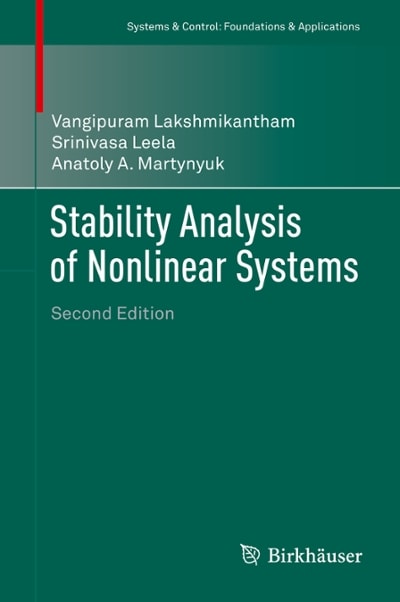Answered step by step
Verified Expert Solution
Question
1 Approved Answer
Part 1: Direct Adjustment of Rates: Incidence of Accidental Injuries among Adolescents in Meadville and Barton Table 1: Numbers of Unintentional (Accidental) Injuries Among Populations
Part 1: Direct Adjustment of Rates: Incidence of Accidental Injuries among Adolescents in Meadville and Barton
Table 1: Numbers of Unintentional (Accidental) Injuries Among Populations of Adolescents and Young Adults of Meadville and Barton
| Meadville | Barton | |||||
| Age | Population | No. Injuries | Age Specific Rate % | Population | No. Injuries | Age Specific Rate % |
| 15-19 | 200 | 14 | 1,000 | 20 | ||
| 20-24 | 1,200 | 36 | 100 | 14 | ||
| 25-29 | 800 | 12 | 400 | 12 | ||
| All Ages | 2,200 | 62 | 1,500 | 46 |
Meadville and Barton are two small communities in the Northeast.
- Calculate the crude cumulative incidence rates of unintentional injuries for Meadville and then for Barton. Show all steps, including numerators and denominators, and the multiplier in the final answer. The final answer should be expressed as a percentage and inserted into Table 1. (4 points)
- Compare the two crude rates in words. Which is higher, the crude incidence rate of accidental injuries in Barton or in Meadville? (1 point)
- Calculate the category-specific rates for each of the three age categories in each of the two communities. Again, show all steps and express the final answer as a percentage. Then plug your answers into Table 1. (3 points)
- Does age appear related to the incidence of accidental injuries in either community? To answer this, look down the columns and see if there is a pattern in the age-specific rates. If there is, please describe it. If not, state this. (2 points)
- In words, compare the rates between the two communities within each age group. For instance, are they similar among 15-19- year-olds in the two communities? For 20-24-year-olds? For 25-29-year-olds? Here you are looking across, rather than down. (3 points)
- Using the combined population of the two communities as the standard population, calculate the age-adjusted rates for each community with the direct method. Remember that there is a slide in Lecture 4 which lists all the steps for this. I strongly suggest using it. In addition, Tables 2 and 3 are here to help you. This time you do not need to show all steps in all calculations but fill in both tables. Remember to follow all steps shown in Lecture 4. (8 points)
- Fill in Table 4. Make sure the final answers are all expressed as percentages. Compare the rates in words. In doing so, address the following:
- Compare again the two crude rates. Which is higher? (1 point)
- Compare the crude rate and age-adjusted rate for Meadville. In which direction did the rate move after age-adjustment? (1 point)
- Compare the crude rate and age-adjusted rate for Barton. In which direction did the rate move after age-adjustment? (1 point)
- Compare the two age-adjusted rates. Now which is higher? Once age is controlled for, what does this tell you about the gap between incidence of accidental injury rates among young adults in the two communities? (2 points)
- Based only on what you know from these data, what cannot be an explanation for any differences in the age-adjusted rates? (2 points)
Table 2: Direct Age Adjustment for Meadville
| Age Group | Number of People in the Standard Population | Age-Specific Incidence Rates for Meadville % | Age-Specific Incidence Rates for Meadville in Decimal Form | Number of Expected Accidental Injuries |
| 15-19 | ||||
| 20-24 | ||||
| 25-29 | ||||
| Total |
Table 3: Direct Age Adjustment for Barton
| Age Group | Number of People in the Standard Population | Age-Specific Incidence Rates for Meadville % | Age-Specific Incidence Rates for Meadville in Decimal Form | Number of Expected Accidental Injuries |
| 15-19 | ||||
| 20-24 | ||||
| 25-29 | ||||
| Total |
Table 4: Crude and Age-Adjusted Rates (%)
| Community | Crude Incidence Rate for Accidents (Ages 15-29) | Age-Adjusted Incidence Rate for Accidents (Ages 15-29) |
| Meadville | ||
| Barton |
Expert Answer
Step by Step Solution
There are 3 Steps involved in it
Step: 1

Get Instant Access to Expert-Tailored Solutions
See step-by-step solutions with expert insights and AI powered tools for academic success
Step: 2

Step: 3

Ace Your Homework with AI
Get the answers you need in no time with our AI-driven, step-by-step assistance
Get Started


